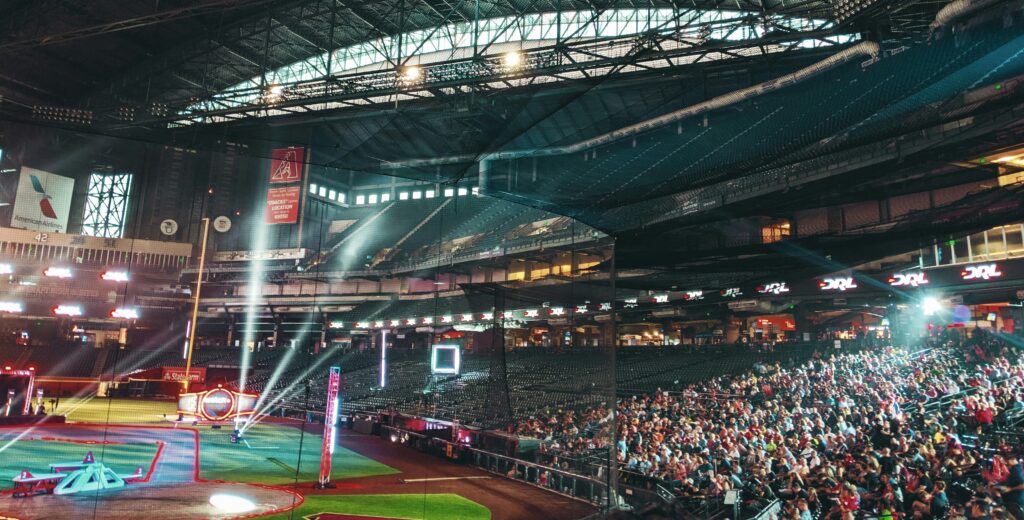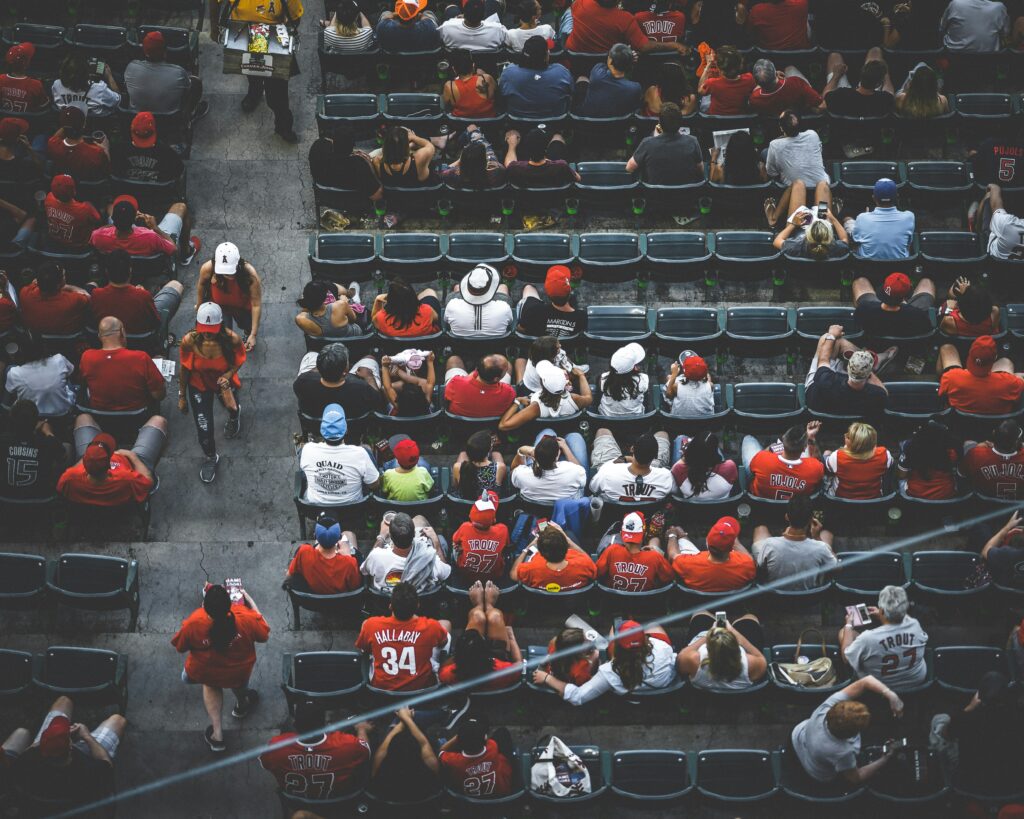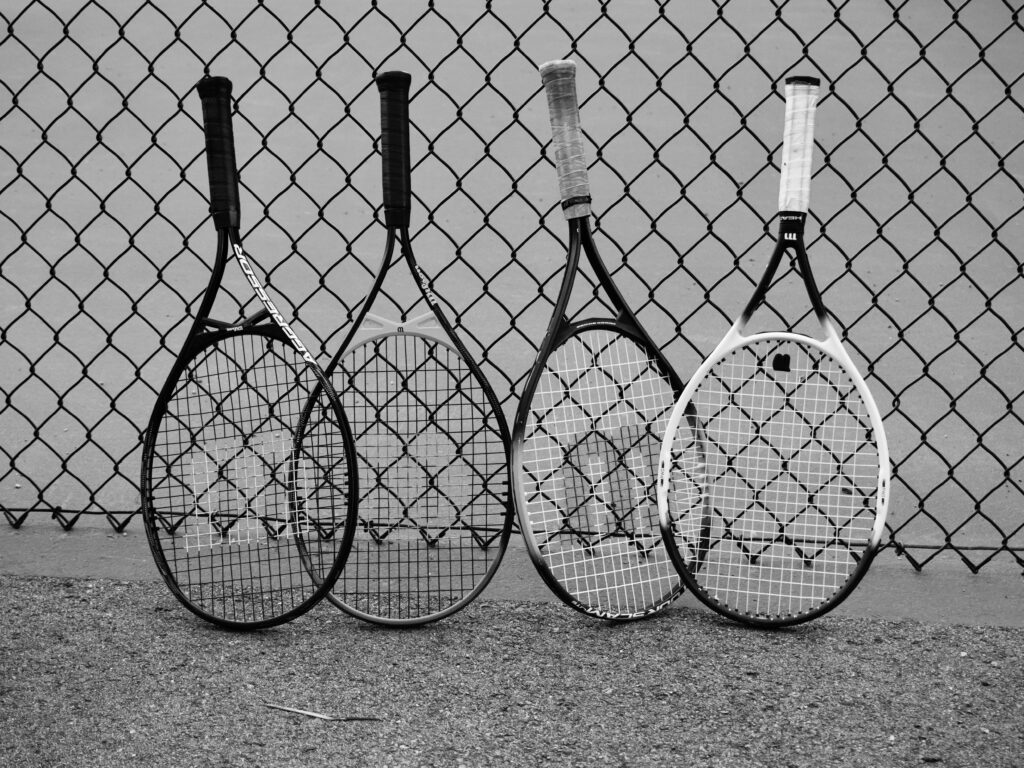Why Look Beyond the Usual?
Mainstream sports have a rhythm—and not always in a good way. Same leagues, same star players, and headlines that feel like reruns. Scoreboards dominate, but storytelling often doesn’t. Fans get the highlight reels, but little of the variety or unpredictability that keeps sport interesting on a human level.
Enter alternative sports. They’re not just filler between football seasons—they’re becoming front and center in global conversations. Climbing, esports, parkour, and even spikeball are building real audiences. And they’re doing it by offering something different: new kinds of competition, different kinds of athletes, and a wider sense of what skill looks like.
What makes these sports stand out? Rules that flip tradition on its head. Cultures where community trumps stardom. Playing fields that are digital, urban, or improvised. It’s not about replacing the big leagues—it’s about adding room for color, chaos, and creativity. We’re no longer talking about what fits inside the box. We’re talking about tearing down the box completely.
What Counts as “Alternative”?
Defining “Alternative” in Sports
In a world dominated by football, basketball, baseball, and similar giants, alternative sports challenge the norm. But what exactly qualifies a sport as “alternative”?
- Lack of Mainstream Exposure: These sports often operate outside of mass media coverage.
- Smaller Organized Leagues: Alternative sports typically don’t have massive pro leagues—at least not yet.
- Unique Rules and Equipment: From gameplay structure to gear, they bring something different to the table.
These factors make alternative sports stand out—and, for many, a lot more interesting to explore.
From Fringe to Recognized: The Climb to Legitimacy
Not all alternative sports stay niche. Several have crossed into broader recognition with time, perseverance, and growing communities:
- Skateboarding: Once considered a rebellious pastime, now a respected Olympic sport.
- Esports: From basement tournaments to multimillion-dollar arenas and global sponsors.
- Mixed Martial Arts (MMA): Long seen as a fringe combat sport, it’s now a globally-televised staple.
These sports show that with the right momentum, “alternative” can become mainstream.
Regional Roots: How Culture Shapes the Game
Alternative sports often reflect the cultures and communities where they originated.
- Sepak Takraw: A Southeast Asian favorite combining soccer and volleyball, showcasing local athleticism and tradition.
- Caber Toss: A uniquely Scottish event where athletes hurl massive logs—celebrating heritage as much as strength.
- Bossaball: Developed in Spain, this fusion sport features music, acrobatics, and volleyball, capturing the spirit of cultural flair.
Geography, tradition, and creativity all contribute to the rise of alternative games around the world.
Alternative sports aren’t just “lesser-known”—they’re often representative of innovation, culture, and evolving athleticism. Their difference is what makes them exciting.
Rising Stars in the Alternative Scene
Pickleball – The unlikely world-changer Pickleball looks harmless—paddle, ball, small court—but it’s quietly exploding in popularity. The mix of tennis, badminton, and ping-pong draws in older players, total beginners, and seasoned athletes alike. It’s accessible, addictive, and surprisingly competitive. What sets it apart? Low entry barrier and year-round playability. Pickleball’s real superpower: it builds community fast. Open courts, quick games, and doubles pairings mean it’s as social as it is athletic.
Ultimate Frisbee – Strategy meets stamina Ultimate isn’t just about throwing a disc around. It’s a full-field sprint that demands tactical awareness, endurance, and team cohesion. There are no refs—players self-officiate, which fosters a culture of fairness and respect. That gives it a spirit-based edge over more aggressive, referee-run sports. For players burned out on ego-driven games, Ultimate offers something cleaner.
Drone Racing – Speed, tech, and reflexes This one’s for the futurists. Pilots strap on video goggles and steer souped-up drones through obstacle courses at 80+ mph. It’s esports meets aviation, and it’s legit intense. Drone racing rewards those who think in milliseconds and aren’t afraid of tech tinkering. Unlike traditional sports, it’s one of the few where your gear skills matter as much as your reflexes.
Bossaball – Volleyball meets trampolines (yes, really) Imagine samba, spikes, and flips—all on an inflatable court with built-in trampolines. That’s Bossaball in a nutshell. It’s chaotic, fun, and ridiculous in the best way. Players use their hands, feet, and anything else to send the ball over the net. Originating in Spain, it’s more about showmanship and teamwork than crushing the opponent. Traditional sports can be rigid. Bossaball breaks that mold with style.
What these sports offer—accessibility, innovation, community, or a pure thrill factor—shifts the focus away from red carpets and billion-dollar franchises. They prove you don’t need a million-dollar contract to get people cheering—you just need a fresh idea and a reason to move.
Breaking Stereotypes in Sports Culture
More Inclusive, Less Exclusive
Alternative sports are helping reshape what it means to be an athlete. Unlike mainstream leagues that often come with high barriers—such as cost, tradition, or rigid pathways—alternative sports tend to focus on accessibility and openness.
- Lower startup costs make entry easier
- Fewer traditions mean more space for diverse stories and identities
- Athletes are welcomed based on interest, not just performance
This shift encourages participation among people historically underrepresented in mainstream athletics, including women, LGBTQ+ individuals, and people from diverse socioeconomic backgrounds.
Innovation Over Tradition
Without the weight of legacy institutions or rigid playbooks, alternative sports are often hotbeds for creativity. Rules are flexible, formats evolve, and experimentation is the norm—not the exception.
- New rule systems encourage creativity and fairness
- Game structures often adapt to different community needs
- Inclusivity is baked into how the sports are played and organized
The Rise of Community-Driven Competition
Many alternative sports are powered by grassroots energy. From small town leagues to pop-up tournaments, the focus is on passion and participation—not just winning.
- Community-run leagues give players a say in structure and values
- DIY tournaments promote innovation and accessibility
- The emphasis is often on collaboration over hierarchy
This community orientation leads to environments where athletes, spectators, and organizers all play active roles in shaping the future of the sport.
Related Insight
Want to understand how community impacts performance and success in sports? Check out this related article: The Impact of Fans and Community on Team Success
From breaking social barriers to encouraging new forms of participation, alternative sports aren’t just changing how games are played—they’re redefining who gets to play in the first place.
Broadcasting, Sponsorship, and Growth
Streaming has become the lifeline for alternative sports. Without the gatekeepers of traditional TV deals, niche competitions now build their own audiences online. Platforms like Twitch and YouTube let fans follow matches in real time, interact with players, and dive deep into rulebooks they didn’t even know existed. No middleman, no primetime slot needed—just a stream and a community.
This access has led to big engagement numbers, even if the total viewer count is smaller than what major leagues pull in. Sponsors are watching closely. A drone race viewed by 50,000 hyper-engaged fans? That beats a lukewarm Super Bowl ad with low retention. Brand deals are flowing not because of size, but because of loyalty and intensity.
Add in the social media ecosystem—TikTok highlights, athlete-run Instagram pages, Reddit AMAs—and you’ve got a full-fledged pipeline for new sports icons. Players get to show more than stats. Personality, training grind, behind-the-scenes failures—every bit helps build recognition in a way that’s authentic and sticky.
Alternative sports are growing fast because they don’t wait for permission. They get a camera, hit record, and show up. The rest follows.
How to Get Involved
Getting started in alternative sports doesn’t require insider connections or elite experience. The first step is finding your people. Local community centers, Facebook groups, Meetup events, and Reddit threads are often goldmines for discovering pick-up games, beginner clinics, or open practices. If you’re more comfortable online, platforms like Discord or niche subreddits can connect you to training tips, live streams, and Q&As with seasoned players.
When you’re starting from scratch, keep it simple. Most alternative sports have low barriers to entry—sometimes all you need is a ball, a few cones, or a stretch of grass. Some require slightly funkier gear, like drone goggles or trampolines, but rentals and loaner programs are common, especially at community-hosted events. You don’t need the fanciest setup to start learning. You need reps, grit, and a willingness to look clueless once in a while.
Trying out an unconventional sport means stepping outside the familiar. That comes with upside and risk. You’ll gain new skills, a fresh peer group, and maybe even a new passion. But you’ll also deal with growing pains: weird terminology, different game flow, sometimes even confused friends or family. That’s fine. Discomfort is part of the fun.
The point is: the rules are more flexible, the communities more welcoming, and the ceiling wide open. You don’t have to be great to begin. You just have to begin.
Final Thoughts
Alternative sports aren’t just trends—they’re something deeper. In a landscape where big-league games often feel scripted and over-commercialized, these side lanes offer something raw, real, and evolving. They’re more than just play; they’re spaces where culture shifts, where barriers drop, and where new kinds of athletes take shape.
Whether you’re someone looking to break from routine or an athlete who never fit the mold, alternative sports open doors. There’s grit, creativity, and community here—the kind you won’t always find under stadium lights.
So keep watching. Or better yet, jump in. From empty parking lots to niche digital leagues, the field is wide open. And that’s the point. No gatekeepers. Just game.




